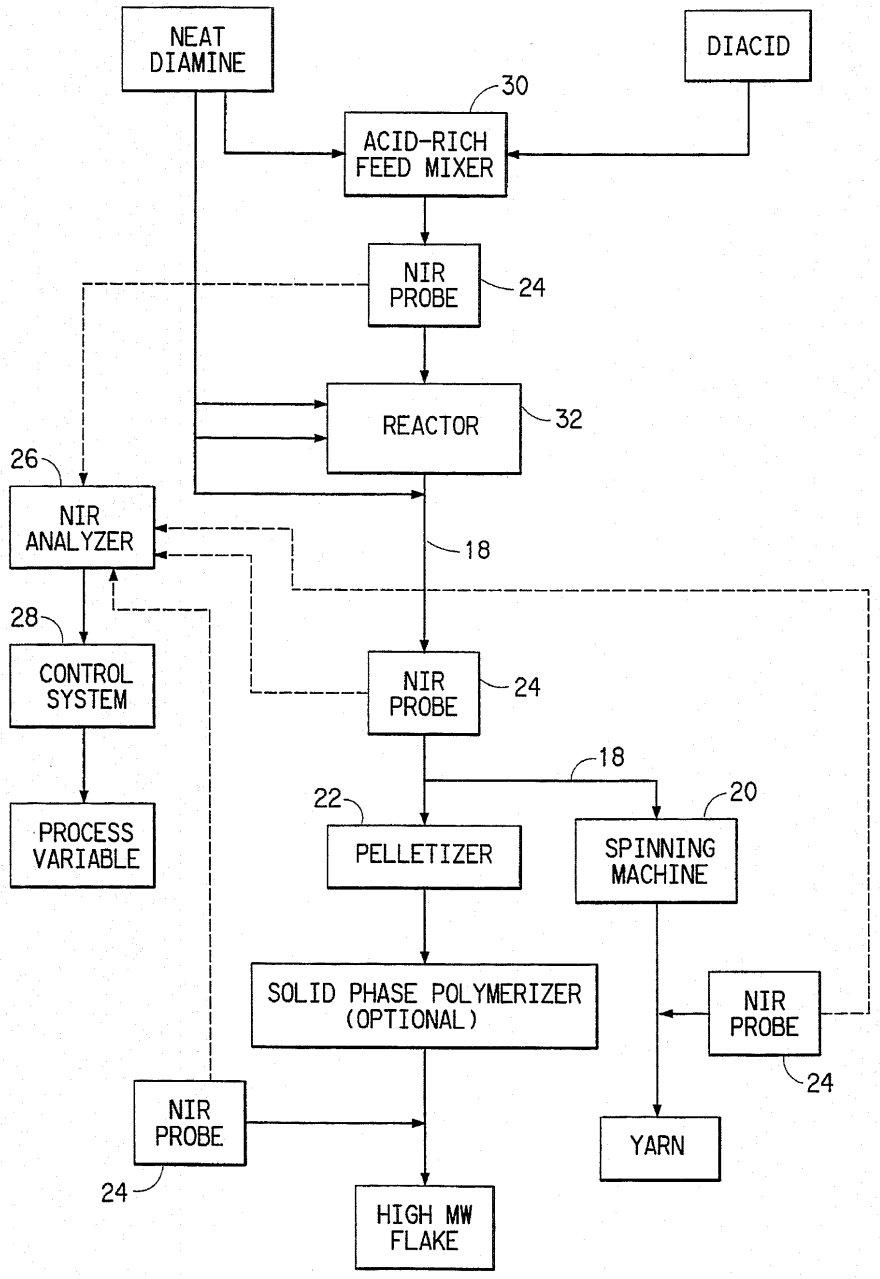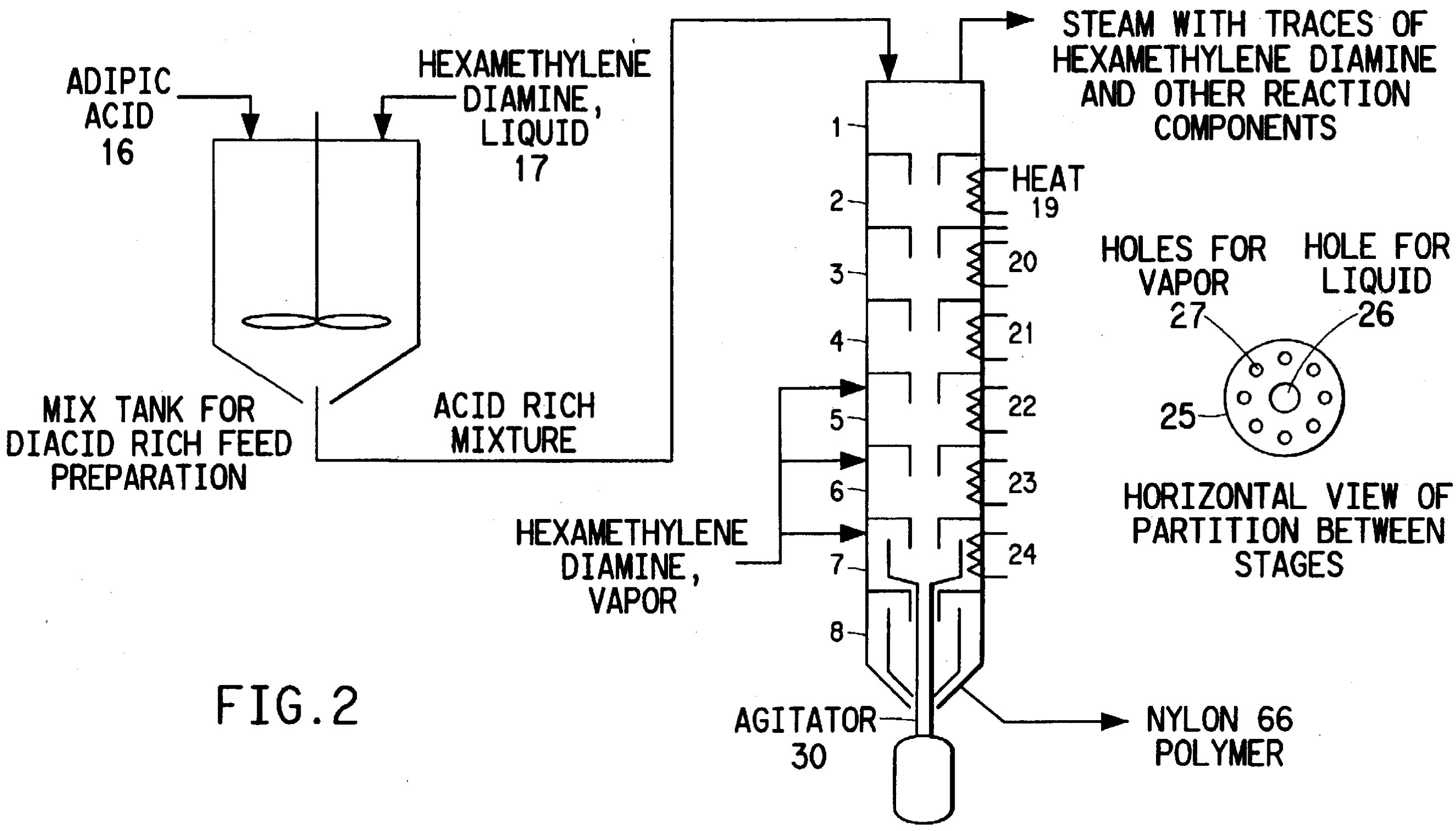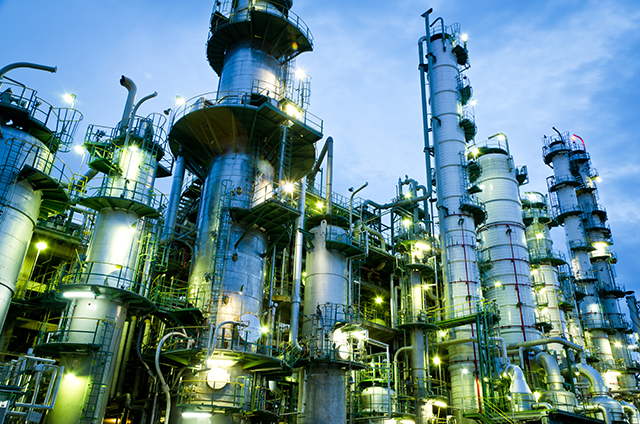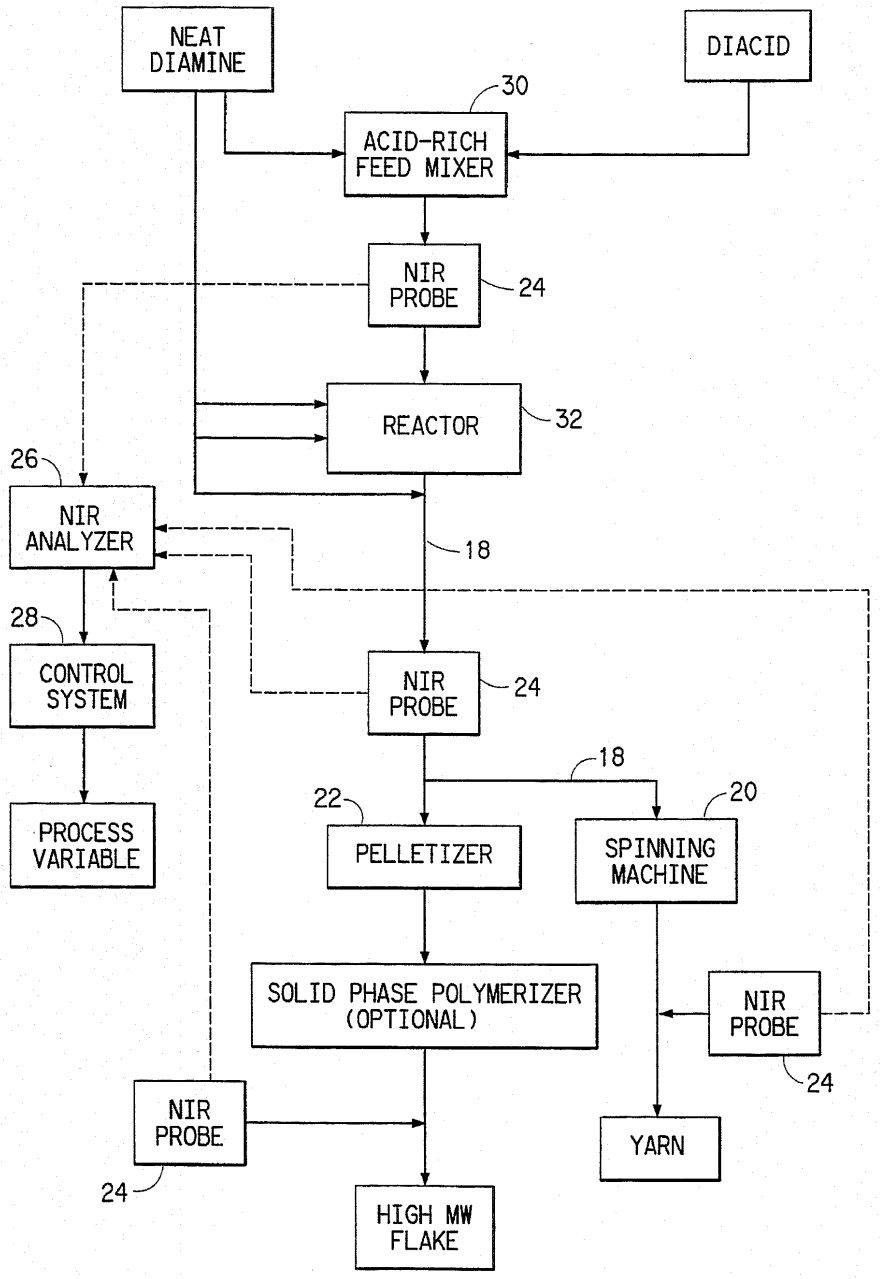Technology History
INVISTA's polyamide 66 (Nylon 6,6) technology represents one of the most advanced polymerization processes in the industry, tracing its origins to the pioneering work of DuPont in the late 1930s. The technology lineage follows this progression:
- 1930s-1939: Wallace Carothers at DuPont developed the original step-growth polycondensation process, leading to the world's first commercial nylon plant in Seaford, Delaware (1939)[1].
- 1984: Key breakthrough with DuPont's proprietary salt solution preparation technology (US Patent 4442260A)[2], significantly imcreasing energy efficiency.
- 1994: Major advancement with the continuous multi-stage polymerization process (US Patent 5674974A)[3], establishing the modern reactor technology foundation.
- 1994: Proprietary NIR process control technology for polyamide production (US Patent 5532487A)[4], enabling real-time process optimization and quality control[4].
- 2003-2004: Technology transferred from DuPont Textiles and Interiors (DTI) to INVISTA following Koch Industries acquisition[5].
Technology Summary
INVISTA's PA 66 technology is likely built on three core proprietary innovations:
- Acid-Rich Feed Preparation Process (Patent US4442260A): Enables high-concentration nylon salt solutions without conventional water-based methods[2].
- Continuous Multi-Stage Polymerization (Patent US5674974A): Vertical reactor system with countercurrent flow and advanced internals[3].
- Near-Infrared Process Control: Real-time monitoring and feedback control for optimal product quality and process efficiency)[4].
The technology eliminates traditional batch limitations, reduces energy consumption by 30-40%, and achieves >99% monomer conversion with minimal environmental emissions.
Detailed Process Flow and Conditions
1. Acid-Rich Feed (ARF) Preparation
Innovation: DuPont's patented non-stoichiometric composition approach (US4442260A)[2].
Process Conditions:
- Composition: 73.5-77.5% adipic acid (ADA), 22.5-26.5% hexamethylenediamine (HDMA) - preferably 81% ADA, 19% HMDA
- Temperature: 55-60°C for initial solution preparation
- Concentration: Achieves 60-69% solute concentration vs. conventional 59% maximum
- Water content: Reduced to 31-40% vs. conventional 50%+
- Final concentration: Evaporation at 125-155°C to reach 89-96% solute content
- Subsequent addition of HDMA: HMDA is subsequently added until HMDA and ADA are in about stoichiometric proportions.
Process Advantages:
- 30% reduction in water evaporation energy
- Prevention of prepolymer formation during concentration
- Lower processing temperatures prevent discoloration
- Enables higher final concentrations without precipitation
Figure 1 - Flowsheet of a non-aqueous continuous process for the manufacture of dimonomeric polyamide or copolyamide using a near-infrared analyzer and a control system (US5532487)[4]

Legend: 18. Transfer line, 20. Spinning machine, 22. Pelletizer, 24. NIR probes, 26. NIR analyzer, 28. Control system, 30. Mixer, 32. Reactor
2. Continuous Multi-Stage Polymerization
Core Technology: Vertical multi-stage reactor system (Patent US5674974A)[3].
Reactor Configuration:
- Type: Vertical continuous stirred tank reactor (CSTR) system
- Stages: 6-8 stages typical (commercial plants use 8-stage configuration)
- Internals: Perforated plates, coils, and agitators for enhanced mass transfer
- Flow pattern: Countercurrent liquid-vapor contact
Figure 2 - Internal configuration of an 8-stage reactor (US5674974)[3].

Legend: 1-8. Discrete reactor stages, 9-15. Barriers between reactor stages, 16-17. Feed material strream, 18. Mix tank for diacid-rich preparation, 19-24. Heat sources, 30. Agitator, 25. Horizontal perforated barrier, 26-27. Openings in the perforated barrier.
Operating Parameters:
| Parameter |
Stage 1 (Top) |
Stage 8 (Bottom) |
Notes |
| Temperature |
178°C |
276°C |
Temperature gradient maintained |
| Pressure |
Variable |
Atmospheric
to 25 bar |
Optimized to prevent solids |
| Residence Time |
- |
4-8 hours
total |
Enhanced conversion |
Feed Streams:
- Primary feed: Acid-rich mixture (81% ADA, 19% HMDA) to Stage 1
- Diamine injection: HMDA vapor to bottom 3 stages
- Flow rate: Commercial scale 200+ lbs/hr ARF, 89+ lbs/hr total HMDA
3. Advanced Process Control Technology
Innovation: Near-Infrared (NIR) Monitoring Systems (United States Patent 5,532,487)[4].
ARF Composition Control:
- Measurement: Continuous adipic acid percentage (±0.17% accuracy)
- Frequency: Every 5 minutes scanning
- Control response: Automatic HMDA feed rate adjustment
- Repeatability: ±0.03% adipic acid standard deviation
End-Group Balance Control:
- Parameters monitored: Amine ends (A!), carboxyl ends (C!), difference of ends (DE)
- Target range: Carboxyl ends 69-156 meq/10⁶g, Amine ends 38-136 meq/10⁶g
- Accuracy: ±1.5 ends measurement precision
- Response time: Real-time adjustment via HMD injection
Process Efficiency Metrics
1. Conversion Performance
- Monomer conversion: >99% achieved in modern plants
- HMD recovery: >99.99% (loss <100 ppm in vapor)
- Selectivity: High selectivity with minimal by-product formation
- Product quality: RV 18-28, Mn ~10,500-11,000
2. Environmental Performance
- Diamine emissions: <0.000016 parts HMDA loss per part polymer (vs. 0.001-0.002 conventional)
- Energy efficiency: 30-40% reduction vs. conventional water-based processes
- Waste minimization: Essentially anhydrous process eliminates water treatment needs
3. Economic Efficiency
- Reactor design: Simplified multi-stage configuration reduces equipment costs
- Process integration: Eliminates separate evaporation and concentration equipment
- Modular approach: Reduces construction time and on-site labor requirements
- Energy savings: Utilization of reaction heat for process heating
- Raw material efficiency: High conversion minimizes waste streams
Commercial Experience and Market Position
Global Production Network
INVISTA Production Facilities:
| Location |
Capacity (tonnes/year) |
Technology
Features |
Recent Investments |
SICP,
China |
400,000
PA 66 polymer |
Latest continuous + batch technology[6] |
$240M expansion (2024) |
Camden,
SC, US |
- |
Converted from fiber
to polymer[7][8] |
$60M investment
(2022) |
| Kingston, Ontario, Canada |
- |
PA 6,6 fibers and polymers[7][9] |
- |
| Rozenburg, The Netherlands |
- |
Nylon 6,6[7][10] |
Nylon salt concentration project (2024) |
Market Share and Industry Position
Global Market Leadership:
- Market share: INVISTA controls approximately 40% of global PA 66 production capacity[11].
- Technology licensing: licensing on a very limited and selective basis[12].
References
- Oct 26, 1995 - Wallace Carothers and the Development of Nylon - American Chemical Society (ACS)
- Howland A. Larsen, United States Patent 4,442,260, Priority date: Mar 14, 1983, Preparation of salt solution useful for making nylon, Assignee: E.I. DuPont de Nemour & Company, Status: Expired.
- Ann Marion Brearley, James Joseph Lang, Ernest Keith Andrew Marchildon, United States Patent 5,674,974, Priority date: Nov 23, 1994, Continuous polymerization process for polyamides, Assignee: E. I. Du Pont de Nemours & Company, Status: Expired.
- Ann M. Brearley, Harvey S. Gold, United States Patent 5,532,487, Priority date: Nov. 23, 1994, Near-infrared measurement and control of polyamide processes, Assignee: E. I. Du Pont de Nemours & Company, Status: Expired.
- Nov 24, 2003 - KOCH TO BUY DUPONT'S INVISTA - American Chemical Society (ACS).
- Aug 25, 2021 - INVISTA to double nylon 6,6 polymer capacity at the Shanghai Chemical Industry Park to serve the accelerating local demand for nylon 6,6 products - Invista
- Jun 16, 2022 - INVISTA upgrades polymer assets in South Carolina to serve growing market - INVISTA
- Jun 19, 2022 - INVISTA manufacturing site to transform from carpet fibers to high-tech nylon polymer - Kershaw County South Carolina
- Aug 15, 2024 - INVISTA Kingston site earns ISCC PLUS certification - INVISTA
- Jun 11, 2024 - INVISTA project underway to drive energy efficiency at site in Rozenburg, the Netherlands - INVISTA
- Aug 5, 2021 - History and development of the nylon 66 industry - Shanghai PAALER Environmental Technology Co., Ltd.
- Apr 22, 2025 - 3 Reasons INVISTA Reversed its Nylon Exit and What It Means for the Global PA66 Race - ECHEMI












